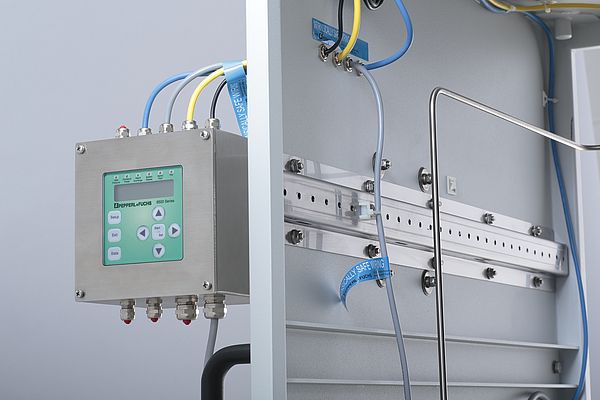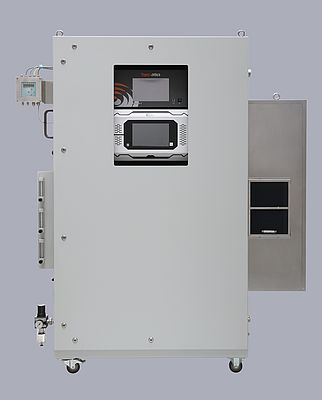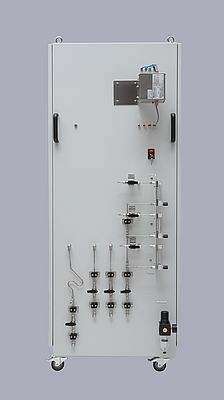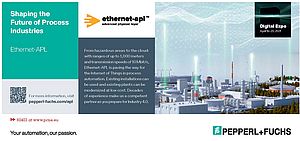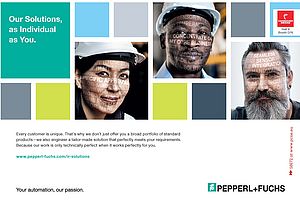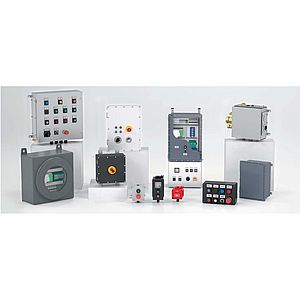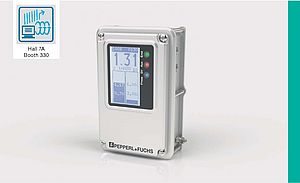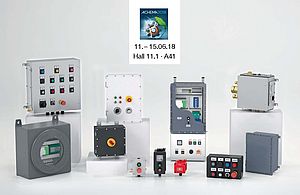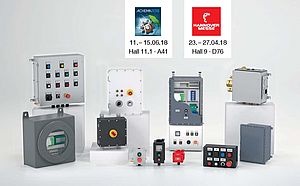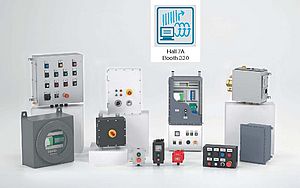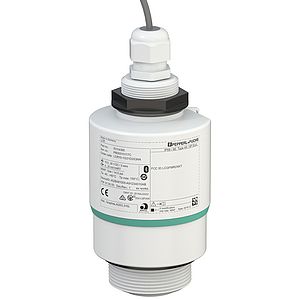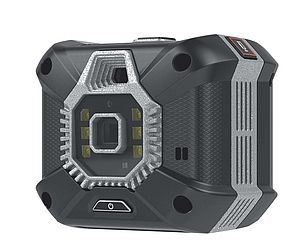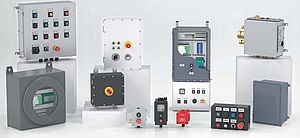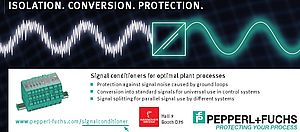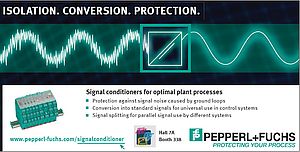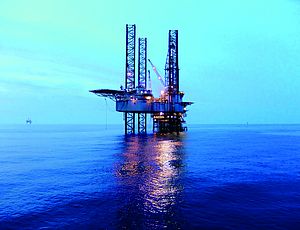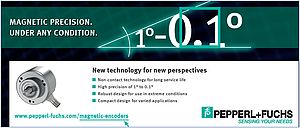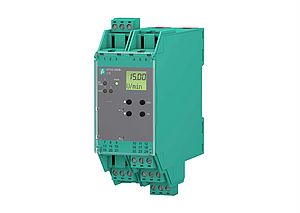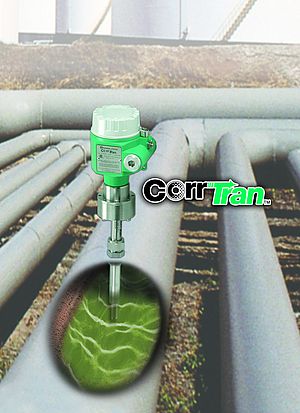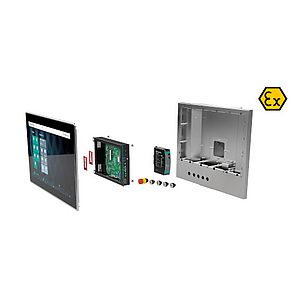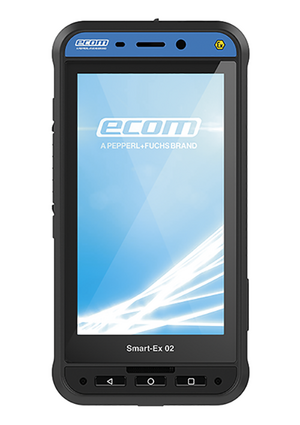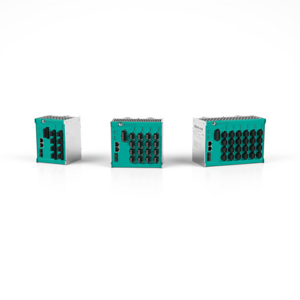The use of green hydrogen as an alternative to fossil fuels is becoming an increasingly important issue for industries worldwide. The areas of application of hydrogen are diverse and can be adapted to a very large number of industries. The applications are global and universal: whether as a reducing agent in the steel industry, as a substitute for oil in the chemical industry, or as a cleaning agent in the petrochemical industry. The most wellknown area of application is the use of hydrogen as fuel in transportation. Thanks to fuel cells, electric power can be generated from the combination of hydrogen and oxygen, which can be used to power cars with an electric motor.
WHY HYDROGEN ANALYSIS?
For optimal use of hydrogen, the purity of the element must be ensured at all times. Impurities can cause premature ageing of the fuel cell, dilute the fuel, reducing efficiency, or lead to faults and replacement of the fuel cell stack. To prevent this kind of damage, analysis equipment is placed on-site at transition points to continuously monitor the quality of the hydrogen supplied and report any deviations from the specifications.
Since hydrogen is a flammable gas, this means that refuelling stations are always located in hazardous areas. These are declared as Ex zones or divisions. In most cases, however, the analysis equipment used does not have specific approval for use in Ex zones and must therefore not be used in hazardous areas. It is therefore necessary to make the devices "Ex-compatible" to be able to use them. In most cases, this is done using an enclosure, which is protected by the type of protection Ex p (purge and pressurization).
ENABLING THE USE OF HYDROGEN ANALYSIS EQUIPMENT IN HAZARDOUS AREAS
The concept of purge and pressurization is to separate the installed electrical equipment from the potentially explosive atmosphere. For this purpose, an enclosure is used, which is equipped with a purge and pressurization system approved for the respective Ex zone or division. To enable purge and pressurization, the enclosure is first "purged" by pressurization using either an inert gas or clean air. After purging, a minimum overpressure of a few millibars is maintained inside the enclosure. Components associated with the purge and pressurization system, such as the manifold and enclosure protection vent, are connected to the controller and ensure that no potentially explosive atmosphere can enter the enclosure. This ensures that conventional electrical devices such as analyzers can also be used in hazardous areas. In case of a fault, the control unit responds by reporting the fault and safely switching off the systems in the event of an emergency. However, this only occurs if the readings fall below the default minimum pressure value. In case of slight drops in pressure, the automatic leakage compensation compensates for the pressure loss, allowing the fault to be resolved during operation.
A large, US-based analysis equipment manufacturer also required an enclosure solution of this type for analyzing hydrogen quality. The aim was to develop a product that enables hydrogen filling station providers to ensure the quality of hydrogen directly at the refuelling stations. Three analysis devices developed for this purpose were required to check whether all standard specifications for hydrogen quality are fulfilled. Depending on the production process, a wide variety of impurities can occur in hydrogen. In this case, seven different gases were detected and analyzed. The customer approached Pepperl+Fuchs to develop an enclosure solutions fully certified for use in hazardous areas. There were a lot of specific requirements and wishes which had to be integrated into the design. The customer provided the equipment developed in-house and placed their trust in Pepperl+Fuchs — an expert in this field — to develop a practical and safe solution.
FULLY CERTIFIED AND READY-TO-USE PLUG-AND-GO SOLUTION
Pepperl+Fuchs were responsible for the engineering, including selecting a suitable cabinet, and developed a solution. The result was a ready-to-use enclosure solution with analysis equipment, suitable for use in Zones 1, 21 and 2, 22. The engineers paid attention to the small but important details. For example, doors were installed at the front and rear of the cabinet to ensure simple maintenance. This allows the analysis equipment to be inspected without having to remove them first. In addition, special stainless steel pipes required for use with hydrogen were used to supply the analysis equipment. The Pepperl+Fuchs project engineers also took over the complete certification and construction of the enclosure solution in accordance with ATEX and IECEx directives. The Ex pxb level of protection of the purge and pressurization system therefore corresponds to the approval in accordance with IEC 60079-2 standard for Zone 1.
This fully certified and ready-to-use solution is now offered as a standard solution for hydrogen refuelling facilities. This is not a oneoff project, but a highly flexible solution for customers. End customers buy a product that is ready for use on-site, and quick analyses with reliable explosion protection are guaranteed with maximum operational safety.
A LONG-STANDING PARTNER IN THE PROCESS INDUSTRY
Many other partners also benefit from the extensive expertise of Pepperl+Fuchs. Engineering teams, spread over six Solution Engineering Centers (SECs) worldwide, always find the best solution for customers in terms of costeffectiveness and technology. The product specialists take over the engineering, design, certification, and construction of tailor-made control and distribution solutions. After joint acceptance, the solutions are immediately ready for use and can be delivered to their intended operating location.
Author: Alexander Aust, Pepperl+Fuchs


